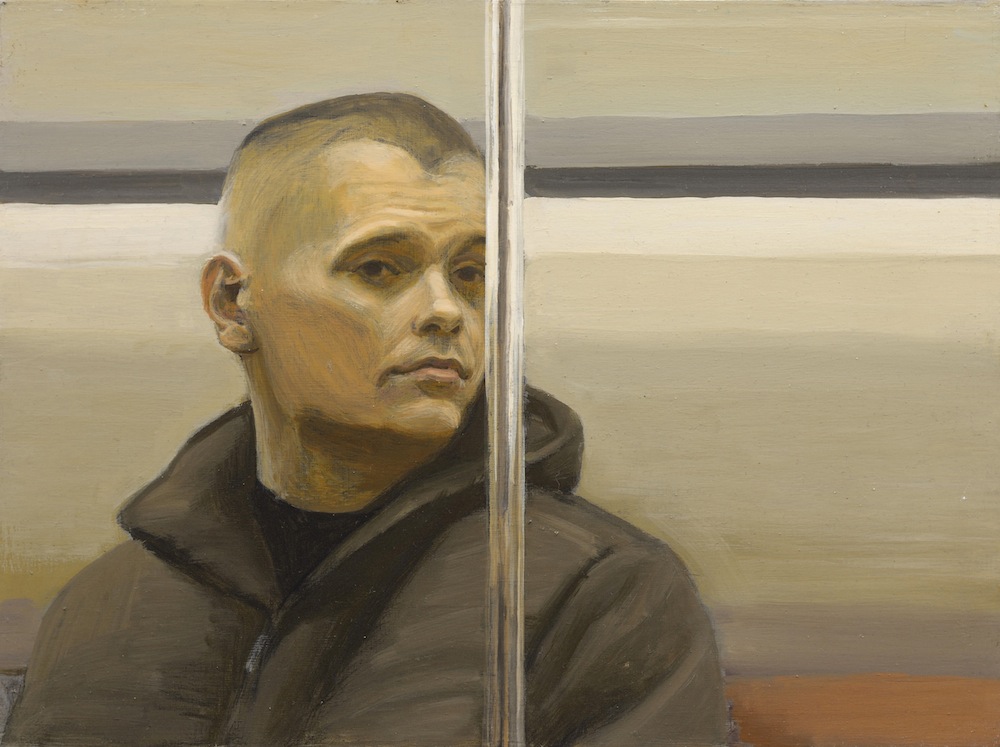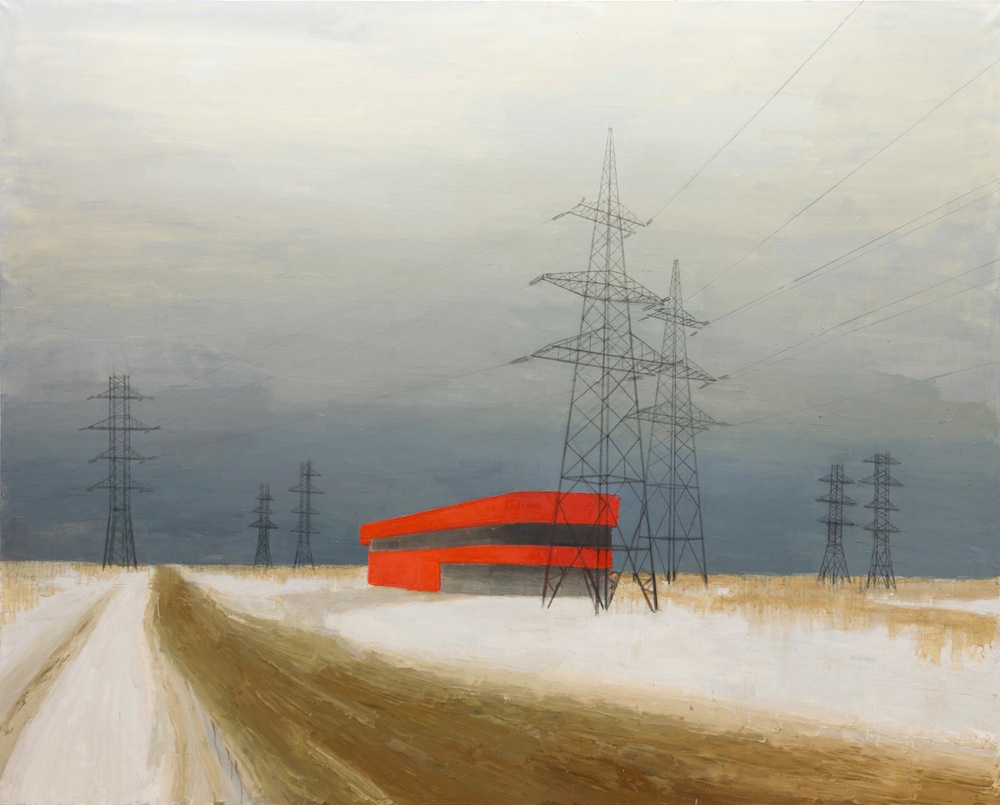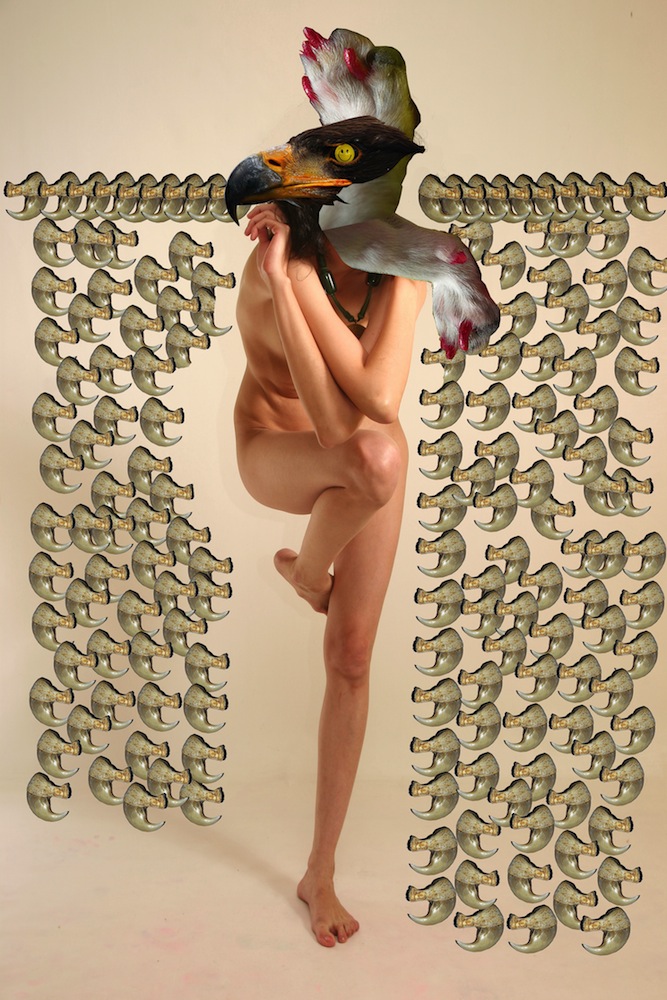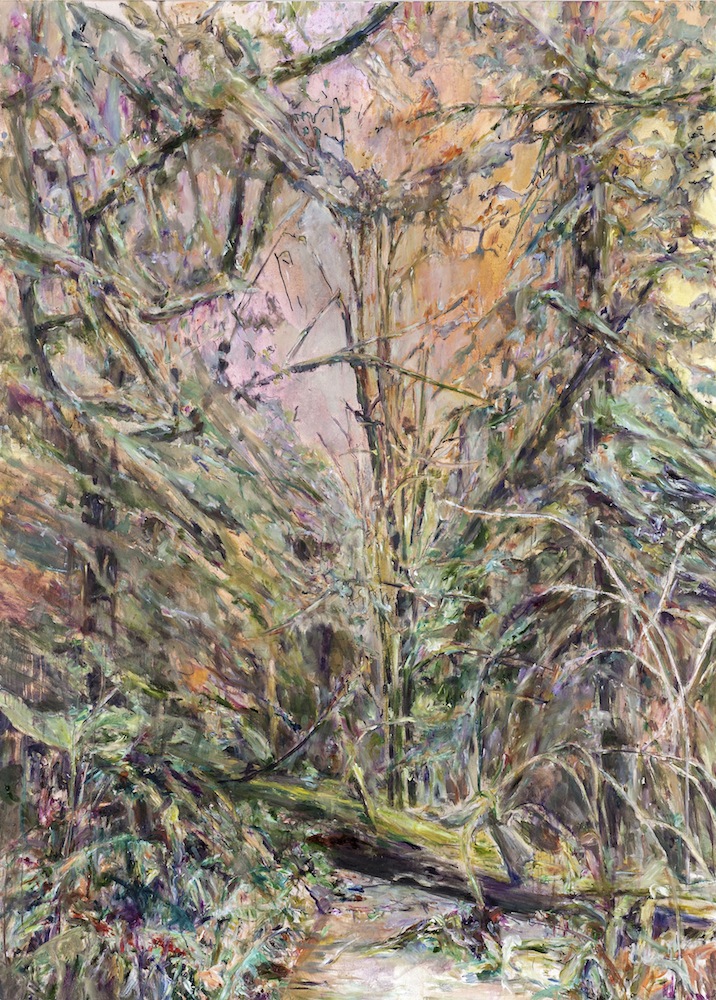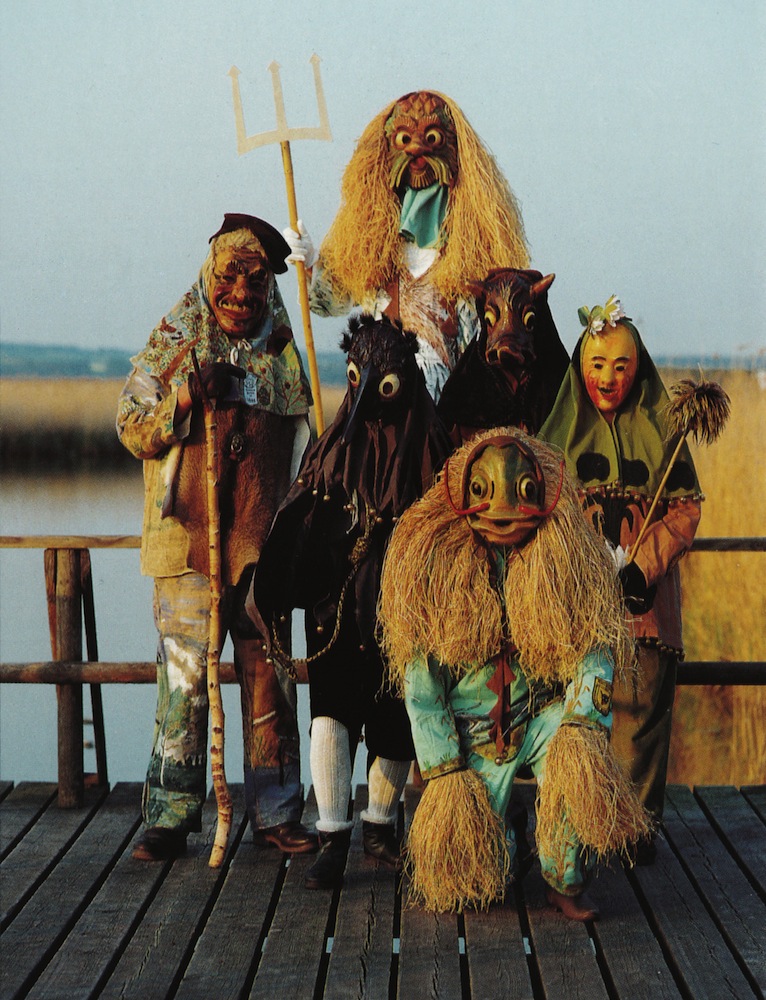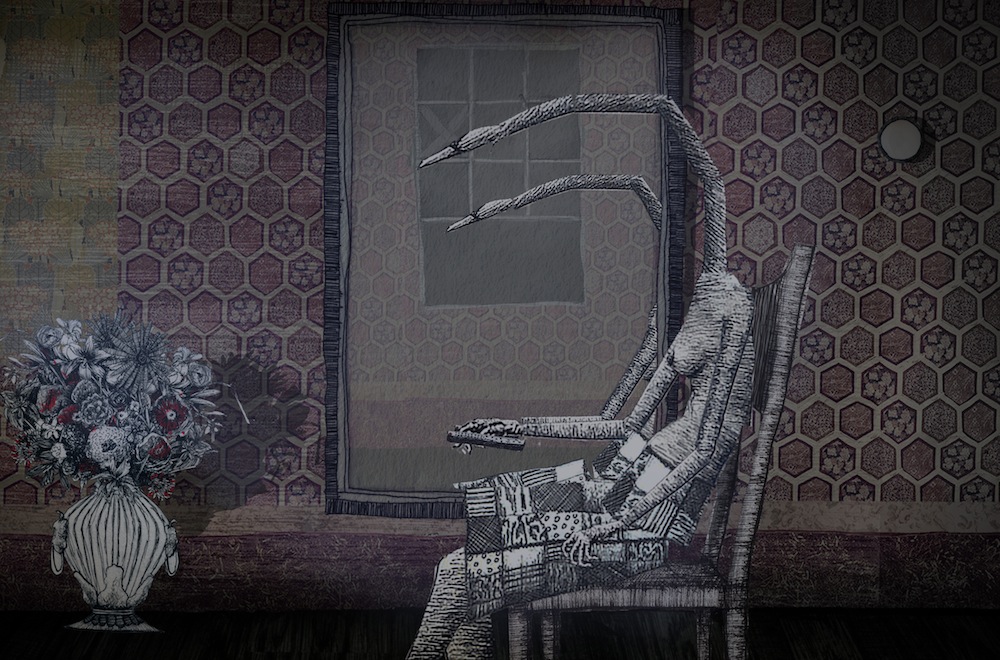Biennale of young art opens in Moscow
The Moscow International Biennale for Young Art kicks off tomorrow with art projects from 83 international artists under 35 on display in venues across the capital. A Time for Dreams explores art’s philosophical dimension, with participants encouraged to engage with the notions of truth and ethics. The theme was set by this year’s curator, British museum director David Elliott, whose custom of setting challenging topics for biennales has earned him a reputation as someone who enjoys engaging with critical contemporary world issues.
Elliott told The Calvert Journal that this year’s theme was inspired by the historical moments of his own youth as well as a reflection on the changes that have taken place since the 1960s. He said: “When I was asked to make an international exhibition of artists aged 35 and younger, I cast my mind back to how I looked at the world when I was that age. I am curious to see how members of a generation which bears no responsibility (or guilt) for the way that the world has developed regard the current global situation. I am interested in how the young artists express the world around them and it occurred to me that the best way of showing this would be by looking at the different ways in which they ‘dream’.”
Around half of the participants at this year’s biennale is made up of women, something which Elliott described as “a long overdue development in the art world”.
Japanese artist Tomoko Kashiki, one of the biennale’s participants, commented on the dual nature of dreams, “which relate both to future desire and hopes, and also to past experience and memory”. He told The Calvert Journal: “A Time for Dreams is an approach to dreams and their realisation for each artist. The exhibition for me is literally a place for dreams, where I can freely experience and memorise the past and future both of myself and others.”
An education programme will run alongside the biennale, with seminars and lectures given by a number of international academics and artists. Topics under discussion range from the philosophical implications of the main competition’s concept, to advise on how young artists can improve pitching ideas and promoting their work, and Q&A’s with leading international artists.
Head of the education programme, Antonio Guesa, told The Calvert Journal: “Education makes us what we are. When it comes to contemporary art, talent is clearly the most important pillar that holds the construction together, however talent alone is not enough. When you are in the initial stage of your career it is fundamental to get as much wise advise as you can.”
He added: “Public exhibitions of contemporary art are a post-Soviet occurrence. Before 1991, contemporary art was relegated to the underground — artists’ studios and flats mostly. Today the situation is very different. There are new spaces opening every year.”
The biennale will run until 10 August.
